Hola una vez más.
Hi again.
En el siguiente enlace podéis ver nuestros próximos viajes fotográficos y de observación de aves y mamíferos nacionales y al extranjero. Espero que os gusten y os animéis a venir conmigo. Una experiencia que nunca olvidaréis.
Hi again.
En el siguiente enlace podéis ver nuestros próximos viajes fotográficos y de observación de aves y mamíferos nacionales y al extranjero. Espero que os gusten y os animéis a venir conmigo. Una experiencia que nunca olvidaréis.
In the following link you can see our next national and foreign Birds and Mammals photographic and observation trips. I hope you like them and I encourage you to come with me. An experience that you will not forget.
Próximos viajes. Next trips.
Esta semana os muestro lo que pudios ver en nuestro viaje a Santoña. Fue una pena que este año no hubiese álcidos ni gaviotas blancas pero tuvimos la suerte de ver una foca gris comiéndose una raya en la Bahía de Santander.
This week I show you what we could see on our trip to Santoña. It was a pity that this year there were no White Seagulls or Alcidae but we were lucky to see a Gray Seal eating a Ray in the Bay of Santander.
Este año el tiempo fue muy bueno y con unas temperaturas muy agradables.
This year the weather was very good and with very pleasant temperatures.
De todas las aves vistas esta fue la que más ilusión me hizo pues no la había visto aun y resulto ser la estrella del viaje, el colimbo ártico (Gavia arctica).
Of all the Birds seen this was the one that made me more happy because I had not seen it yet and it turned out to be the star of the trip, the Black-throated
Diver.
A continuación os muestro el resto de lo que vimos.
Then I show you the rest of what we saw.
Then I show you the rest of what we saw.
Estos dos tarros blancos (Tadorna
tadorna) fueron los únicos que vimos.
These two Common Shelducks were the only ones we saw.
Un bonito estornino pinto (Sturnus
vulgaris).
A beautiful Common Starling.
Andarríos chico (Actitis
hypoleucos).
Common
Sandpiper.
Este año no pudimos fotografiar de cerca a las bonitas barnaclas carinegras (Branta
bernicla) aunque había muchas.
This year we could not take a close-up picture of the beautiful Brent Geese although there were many.
Un macho de porrón europeo (Aythya
ferina) que está manchado del fango del fondo de la laguna donde bucea para encontrar alimento.
A Common Pochard male that is spotted with the mud of the bottom of the lagoon where he dives to find food.
Este otro está más limpio.
This other one is cleaner.
Hembra.
Female.
Ánade rabudo (Anas
acuta) macho.
Northern Pintail male.
Machos y hembras.
Males and females.
Macho de cuchara común (Espatula
clypeata).
Northern
Shoveler male.
Una pareja.
A pair.
Female.
Hembra.
Macho de porrón moñudo (Aythya
fuligula).
Male of Tufted
Duck.
Que bonitos son.
They are very pretty.
Hembra.
Female.
Había un macho de pato colorado (Netta
rufina). Es la primera vez que veo esta especie en Santoña.
There was a Red-crested
Pochard male. It is the first time I see this species in Santoña.
En este grupo lo más abundante son las agujas colinegras (Limosa
limosa).
In this group the most abundant are the Black-tailed
Godwit.
Avefrías europeas (Vanellus
vanellus).
Northern
Lapwing.
Charrán patinegro (Thalasseus
sandvicensis).
Sandwich
Tern.
Y una gran sorpresa al poder contemplar a esta foca gris (Halichoerus grypus) comiéndose una raya mosaico (Raja undulata) en la Bahía de Santander.
And a great surprise to be able to watch this Gray Seal eating an Undulate Ray in the Bay of Santander.
Estuvimos más de media hora viéndola como intentaba sacar bocados de la raya. Debía de estar durísima.
We were more than half an hour watching her as it tried to take bites of the Ray. It must have been very hard.
Unos momentos inolvidables.
An unforgettable moments.
En esta toma se ve muy bien a la raya.
In this shot you can see the Ray very well.
Milano real (Milvus
milvus).
Red Kite.
Halcón peregrino (Falco
peregrinus).
Peregrine
Falcon.
Macho de tarabilla europea (Saxicola rubicola).
Common
Stonechat male.
Hembra.
Female.
Las uñas de gato (Carpobrotus edulis) estaban en flor. Esta especie está incluidas dentro del Catálogo de Especies Exóticas Invasoras.
The Sour Fig were in bloom. This species is included in the Catalog of Invasive Exotic Species.
Macho de cernícalo vulgar (Falco
tinnunculus).
Common
Kestrel male.
Macho de jilguero europeo (Carduelis
carduelis).
European Goldfinch male.
También nos acercamos a ver tres cisnes negros (Cygnus atratus) que había en la ría de Suances. Estna a la izquierda de los cisnes vulgares (Cygnus
olor).
We also went to see three Black Swans that were in the Suances Estuary. They are left to the Mute Swans.
Zarapito real (Numenius
arquata).
Eurasian Curlew.
Un grupo de archibebes comunes (Tringa
totanus).
A flock of Common
Redshank.
Chorlito gris (Pluvialis
squatarola).
Grey
Plover.
Cistícola buitrón (Cisticola
juncidis).
Zitting
Cisticola.
Macho y hembra de cerceta común (Anas
crecca). El macho es el de la derecha.
Male and female of Common
Teal. The male is the one on the right.
Chorlitejo grande (Charadrius
hiaticula).
Great
Ringed Plover.
Archibebe claro (Tringa
nebularia).
Greenshank.
Silbones europeos (Anas
penelope). La hembra a la izquierda.
Eurasian
Wigeons. Female on the left.
Había menos limícolas que otros años. En esta foto la mayoría son chorlitos grises (Pluvialis
squatarola).
There were fewer waders than other years. In this photo most are Gray Plovers.
Y en estas otras correlimos comunes (Calidris
alpina).
In these ones Dunlins.
Una bonita mariposa pavo real (Aglais io).
A beautiful Peacock Butterfly.
Y una limonera (Gonepteryx rhamni).
And a Brimstone.
Gaviota sombría (Larus
fuscus).
Lesser
Black-backed Gull.
Gaviota patiamarilla (Larus
michahellis).
Yellow-legged
Gull.
Gaviones atlánticos (Larus marinus).
Great
black-backed Gull.
Vimos muchos bisbitas pratenses (Anthus
pratensis).
We saw many Meadow
Pipit.
Y la mayoría muy mansos.
And most of them were very tame.
Cisne vulgar (Cygnus
olor).
Mute Swan.
Son unas aves muy elegantes.
They are very elegant Birds.
Había un grupo de nueve ejemplares aunque tres de ellos no me entraban en la foto.
There was a group of nine although three of them are not in the photo.
Focha común (Fulica
atra).
Common
Coot.
Ya estaban defendiendo su territorio ferozmente.
They were already defending their territory fiercely.
Que mal carácter tienen.
They are bad tempered.
Ánade friso (Anas
strepera) macho.
Gadwall male.
Hembra.
Female.
Zampulllín común (Tachybaptus
ruficollis).
Little
Grebe.
Macho de ánade azulón (Anas
platyrhynchos).
Mallard male.
Macho y hembra.
Male and female.
Zarapito trinador (Numenius
phaeopus).
Whimbrel.
Garceta común (Egretta
garzetta).
Little
Egret.
Focha común (Fulica
atra) con leucismo parcial.
Common
Coot with partial leucism.
Y esta otra que era más blanca aun.
And this other one that was even whiter.
Dos gaviotas cabecinegras (Larus
melanocephalus) una que tenía ya el plumaje de cría y la otra por encima de ella un poco a la izquierda y que está anillada. El resto gaviotas reidoras (Chroicocephalus
ridibundus).
Two Mediterranean
Gulls one that had already breeding plumage and the other above it a little to the left and that is ringed. The rest were Black-headed
Gulls.
A ver si en esta otra toma adivináis donde está la segunda gaviota cabecinegra (Larus melanocephalus).
Let's see if in this other shot you can find where the second Mediterranean Gull is.
Las gaviotas reidoras (Chroicocephalus
ridibundus) estaban en distintas fases del plumaje. Esta estaba en plumaje de invierno.
Black-headed
Gulls were in different phases of plumage. This one was in winter plumage.
Esta un poco más mudada a plumaje reproductor.
This one is a bit more molded to breeding plumage.
Casi completamente en plumaje reproductor.
Almost completely in breeding plumage.
Primer invierno.
First winter.
Adulta en plumaje de invierno.
Adult in winter plumage.
Espátula común (Platalea
leucorodia).
Eurasian
Spoonbill.
Lavandera blanca (Motacilla
alba).
White
Wagtail.
Zampullín cuellinegro (Podiceps
nigricollis).
Black-necked
Grebe.
Cormorán grande (Phalacrocorax
carbo).
Great
Cormorant.
Cormorán moñudo (Phalacrocorax
aristotelis).
European Shag.
Es la vez que hemos visto más bisbita costero (Anthus
petrosus).
This is the time we have seen more Rock Pipits.
Macho de eider común (Somateria
mollissima).
Common
Eider male.
Vimos varios colimbos grandes (Gavia immer).
We saw several Great
Northern Diver.
Algunos muy cerca y confiados.
Some very close and trusting.
Hay que ver con que facilidad bucean y el tiempo tan largo que aguantan es sus buceos en busca de alimento.
They dive very easily and the long time they spend while dive in search of food.
Preciosas aves.
Beautiful Birds.
También tuvimos suerte de ver muy cerca a este somormujo lavanco (Podiceps
cristatus).
We were also lucky to see very close this Great Crested Grebe.
Otro magnífico buceador.
Another great diver.
Bella ave. Si es que al final me gustan todas.
Beautiful Bird. I like them all.
Y la estrella del viaje como os decia al principio del relato, el colimbo ártico (Gavia arctica).
And the star of the trip as I told you at the beginning of the story, the Black-throated
Diver.
Es un placer ver de cerca las aves sin que a ellas les importe.
It is a pleasure to see Birds so close without them cares.
Que pena que en España los veamos siempre en plumaje de invierno. De todos modos lo que vamos a nuestro viaje a la península de Varanger los veremos en plumaje nupcial.
What a pity that in Spain we always see them in winter plumage. Anyway what we're going to our trip to the Varanger Peninsula will see them in breeding plumage.
Hasta pronto.
See you soon.


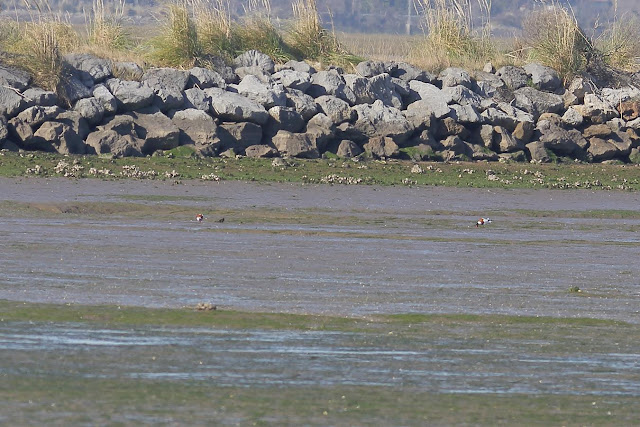
















































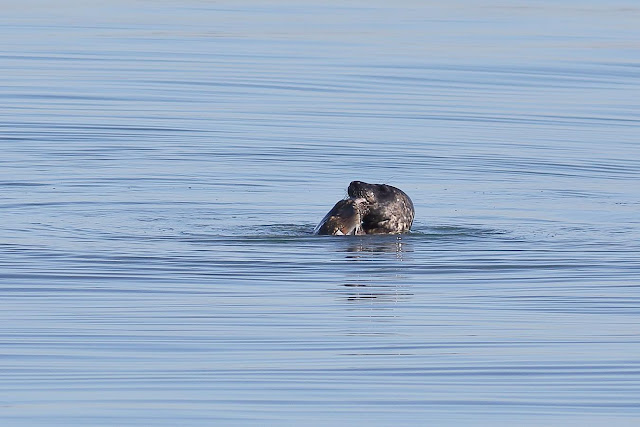


















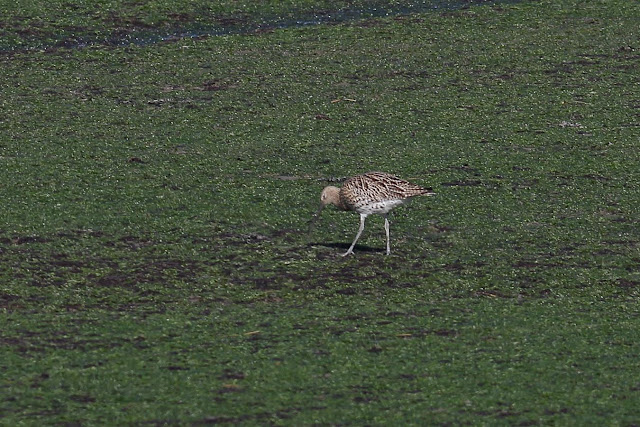








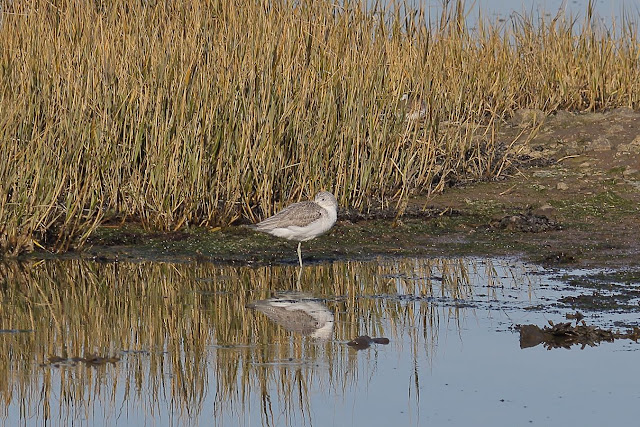































































































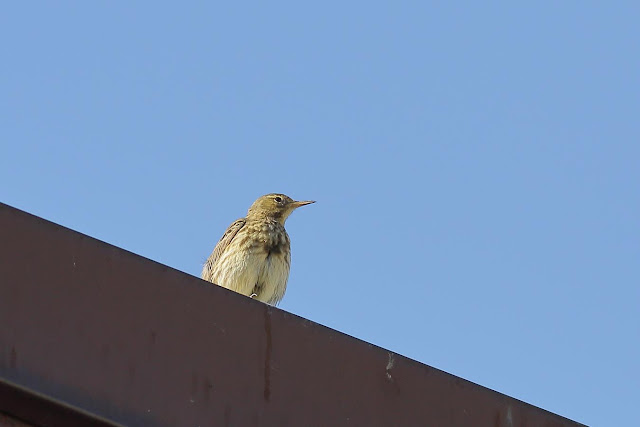




















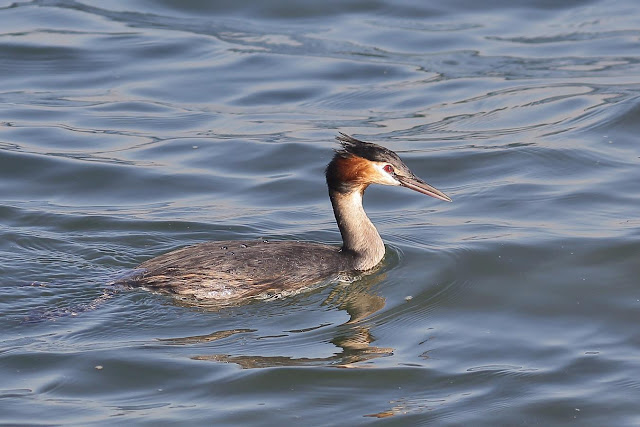












No hay comentarios:
Publicar un comentario